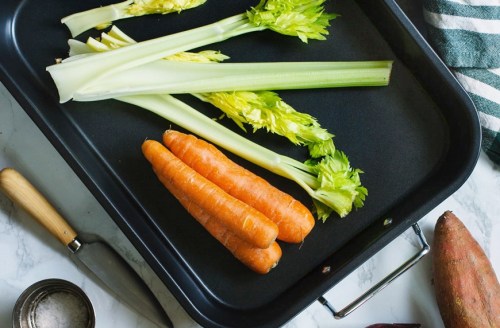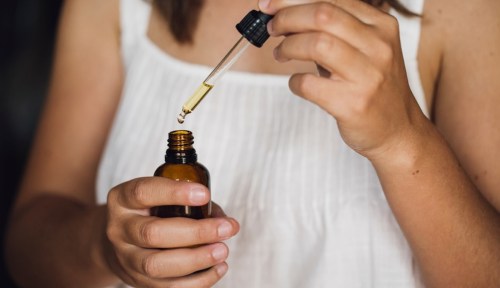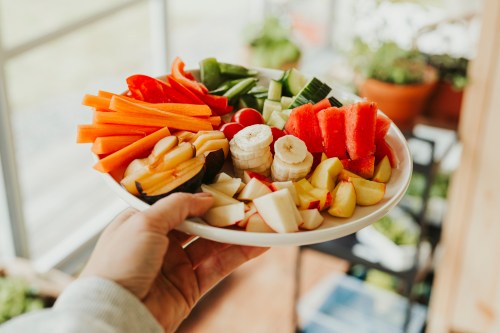Our editors independently select these products. Making a purchase through our links may earn Well+Good a commission
When you think of celery, maybe you imagine tossing it into your juicer or slathering a few stalks with peanut butter. What you probably don’t think about is popping it in the oven alongside your other favorite roasted veggies. It might seem weird to turn up the heat on the typically raw-eaten roughage, but doing so can leave you with some impressive body-boosting benefits—not to mention a delicious side dish.
This is especially true if you’re practicing Ayurveda, an ancient form of holistic medicine from India, and eating for your dosha. (That’s your personal energy type, i.e. vata, pitta, or kapha, btw.) “Roasted or stewed celery is excellent during the colder months,” says chef Divya Alter, co-owner of Divya’s Kitchen in New York City and author of What to Eat for How You Feel: The New Ayurvedic Kitchen. “Cooked celery is definitely easier to digest for people with airy digestion, IBS, or other inflammatory gut problems,” she explains.
“Roasted or stewed celery is excellent during the colder months. Cooked celery is definitely easier to digest for people with airy digestion, IBS, or other inflammatory gut problems.” —Divya Alter
By contrast, raw celery has a cooling, metabolic effect and “dry, rough, and light” qualities, which makes it work for some doshas but not others. “It’s great for balancing pitta [fiery] and kapha [earthy], but it’ll increase and imbalance vata [airy],” she says. Because of that, Ayurveda doesn’t recommend eating raw celery in the cold season. When you cook it, though, everything changes—something Kiernan Shipka, the star of the new Netflix series the Chilling Adventures of Sabrina, recently discovered.
Turns out, the former Mad Men actress is super passionate about vegetables and is always sure to include her fresh farmers’ market finds in all her dishes. One, in particular, she’s really into at the moment is none other than the aforementioned stalk. “Have you ever done roasted celery? It’ll change how you look at celery,” she told Byrdie. “Right now, you look at it like ants on a log, and that only goes so far. But if you toss it with some good-quality oil, salt, pepper—even get some oregano and thyme up in there—and then roast it at 400º F for like 45 minutes, you’re gonna love celery all of a sudden.”
For the maximum Ayurvedic benefits, Alter likes to roast celery with ghee or olive oil and plenty of digestive spices like pepper, black seed, and fennel. Then, she recommends garnishing it with a splash of lime and a sprinkle of chopped parsley. It’s an easy way to enjoy the veggie year-round—and reap some digestion perks in the process.
Here’s how to use Ayurveda to determine your skin-care routine. Or, find out the right way to drink water, according to the ancient tradition.
Sign Up for Our Daily Newsletter
Get all the latest in wellness, trends, food, fitness, beauty, and more delivered right to your inbox.
Got it, you've been added to our email list.










